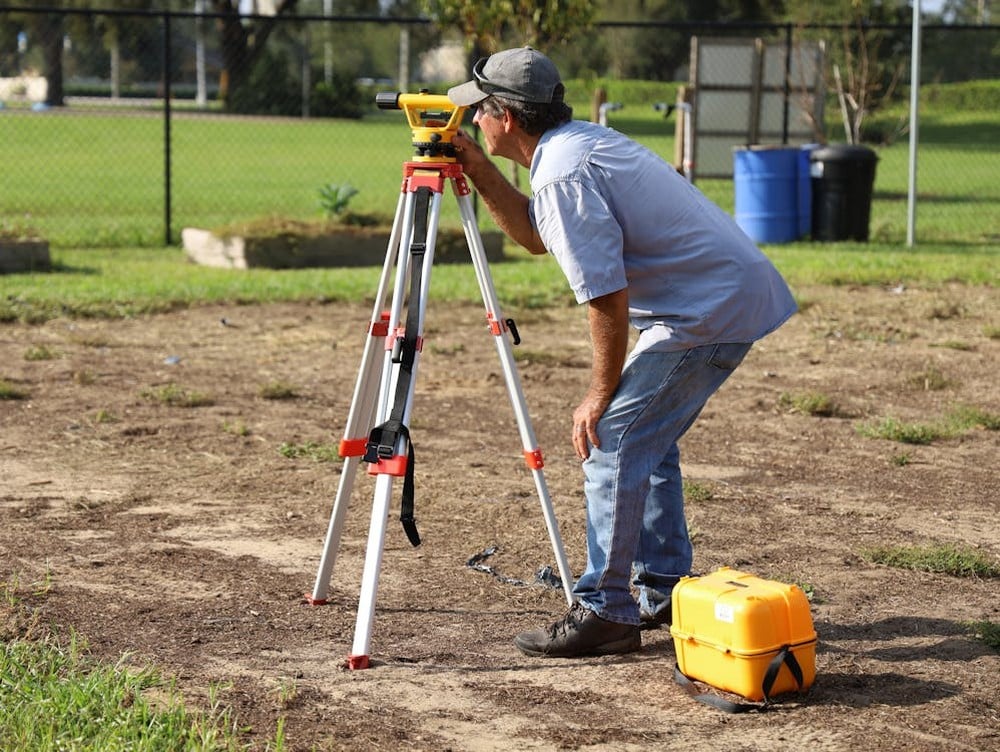Site analysis is a critical step in the architectural design process that often determines the success of a project. Understanding the unique characteristics of a site allows architects to make informed decisions that enhance the functionality, aesthetics, and sustainability of their designs. A thorough site analysis helps identify potential challenges and opportunities, leading to more effective and efficient solutions. In this article, we will explore why site analysis is essential and how it contributes to successful architectural outcomes.

Understanding the Importance of Site Analysis
The foundation of any successful architectural project begins with a comprehensive site analysis. This process involves evaluating various factors such as topography, climate, zoning laws, and surrounding infrastructure. By collecting this data, architects can gain valuable insights into how their designs will interact with the environment and community.
Working with professionals who specialize in site analysis is crucial for gathering accurate information. The team behind getasiteplan.com says that engaging experts in creating site plans can ensure that all relevant factors are considered. These professionals can conduct detailed assessments, including soil testing, environmental impact studies, and demographic research, which provide architects with a solid foundation for their designs.
Identifying Environmental Factors
One of the primary components of site analysis is understanding environmental factors. These include natural elements like sunlight, wind patterns, rainfall, and vegetation, all of which can influence building orientation and materials. For instance, a site with abundant sunlight may benefit from large windows or solar panels, while a windy area might require strategic placement of trees or other barriers to enhance comfort.
Additionally, site analysis helps identify any potential environmental hazards such as flood zones or unstable soil conditions. By addressing these factors early in the design process, architects can mitigate risks and create structures that are safe and resilient. Understanding these elements also allows architects to design buildings that harmonize with their surroundings, promoting sustainability and energy efficiency.
Enhancing Functionality and Aesthetics
A well-conducted site analysis contributes to both the functionality and aesthetics of a building. By understanding the layout of the land and existing structures, architects can design spaces that are not only visually appealing but also practical. For example, analyzing the flow of traffic and pedestrian pathways can inform the placement of entrances, parking, and outdoor spaces, enhancing accessibility and usability.
Moreover, the surrounding context plays a significant role in how a building is perceived. Site analysis helps architects consider how their designs will relate to neighboring structures and landscapes. This awareness can guide decisions regarding height, materials, and colors, ensuring that the new building complements its environment rather than detracting from it.
Navigating Zoning and Regulatory Constraints
Every site is subject to specific zoning laws and regulatory constraints that dictate what can be built and how. A thorough site analysis includes an examination of these regulations, which is crucial for compliance and successful project execution. Zoning laws may govern factors such as building height, density, land use, and setbacks from property lines.
By understanding these regulations upfront, architects can avoid costly delays and redesigns later in the process. Engaging professionals who are well-versed in local zoning laws can provide valuable guidance and ensure that designs adhere to all legal requirements. This proactive approach not only streamlines the approval process but also contributes to a smoother construction phase.

Budgeting and Resource Allocation
Site analysis also plays a vital role in budgeting and resource allocation for architectural projects. By identifying potential challenges and opportunities early on, architects can develop more accurate cost estimates and allocate resources efficiently. For instance, if a site analysis reveals that extensive grading or drainage solutions are necessary, architects can factor these costs into their budgets from the beginning.
Additionally, understanding the site’s potential allows for better planning of materials and construction methods. By aligning the design with the site’s characteristics, architects can often minimize waste and reduce costs, leading to more sustainable practices. This careful planning can result in significant savings, making the project more economically viable.
Fostering Community Engagement
Finally, site analysis provides an opportunity to engage with the community and gather feedback during the design process. Understanding the needs and concerns of residents can lead to designs that better serve the community. Architects can hold public meetings or workshops to discuss their plans and incorporate community input into their designs.
This collaborative approach not only fosters goodwill but also ensures that the new project aligns with the community’s vision. When residents feel heard and valued, they are more likely to support the project, leading to a smoother approval process and positive relationships between the architects and the community.
Site analysis is an indispensable step in the architectural design process that greatly influences the success of any project. By understanding the importance of site analysis, identifying environmental factors, enhancing functionality and aesthetics, navigating zoning regulations, budgeting effectively, and fostering community engagement, architects can create designs that are not only beautiful but also practical and sustainable.
Working with professionals who specialize in site analysis ensures that all relevant aspects are considered, leading to more informed design decisions. Investing time and resources into thorough site analysis ultimately pays off in the form of successful, resilient, and community-oriented architectural projects.








